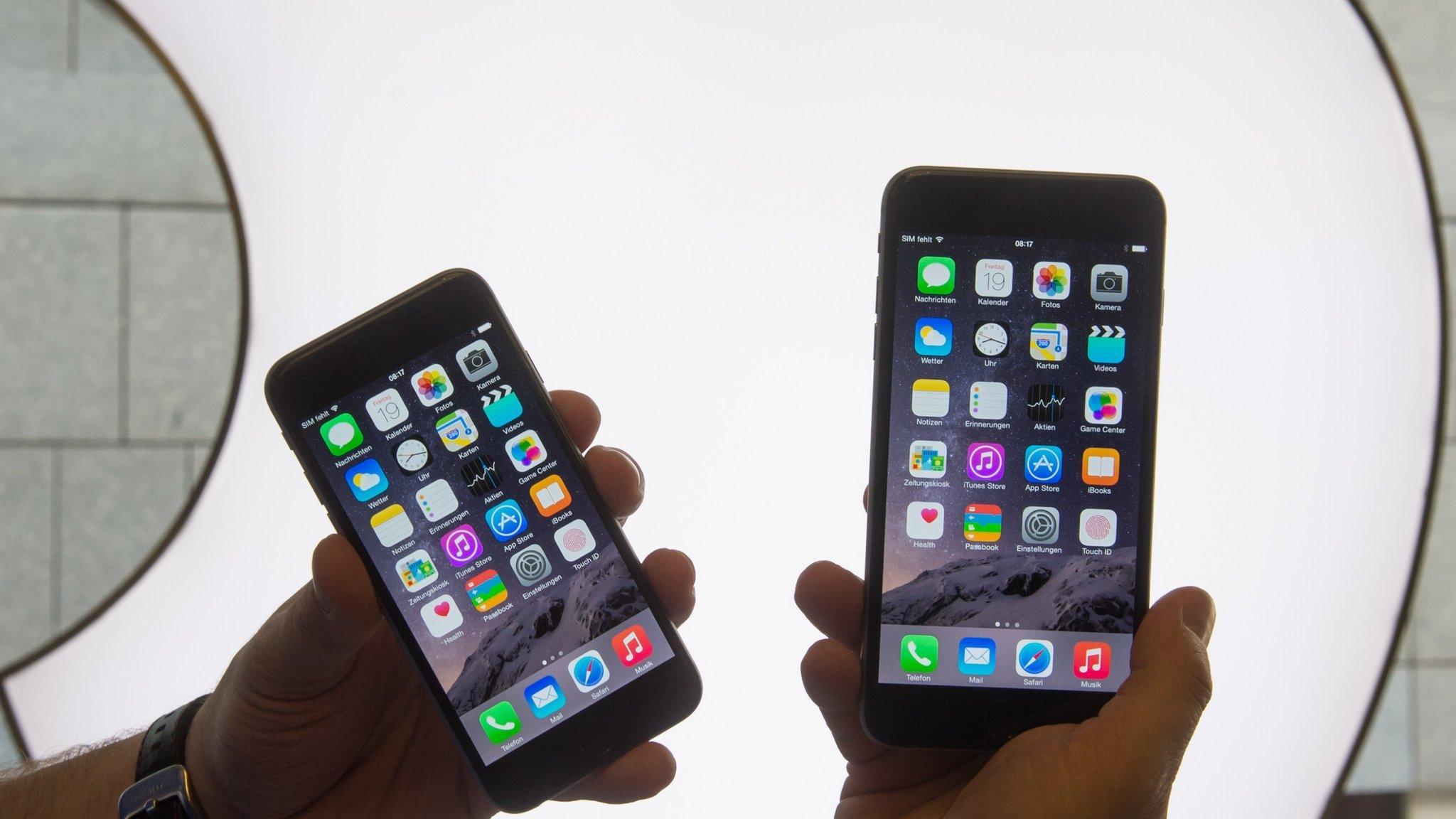What Twitter must do to save itself
- Published
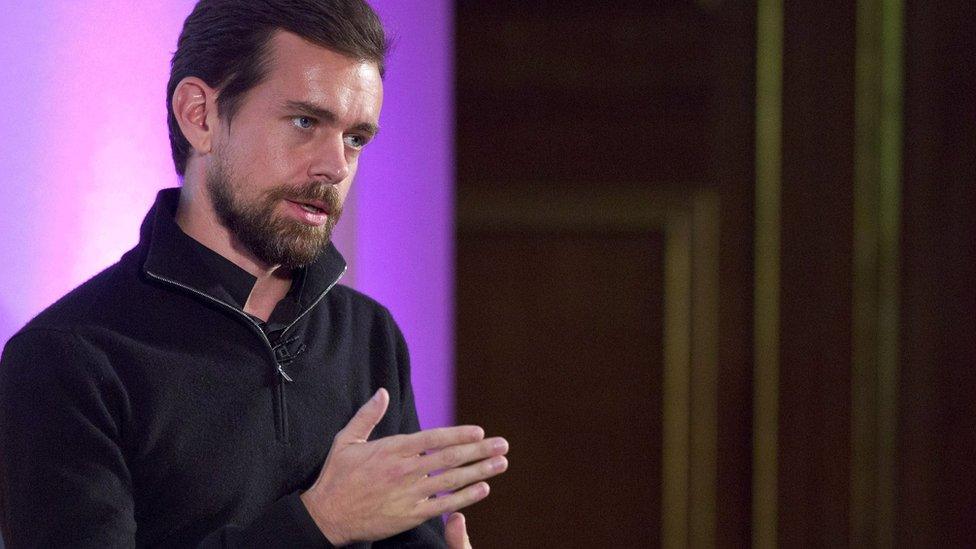
Twitter boss Jack Dorsey has plans - but will they succeed?
It's been another tough day for Twitter as its quarterly earnings report, once again, sends its stock price spiralling downwards.
The social network is struggling on several fronts. In New York, Wall Street investors and analysts are perpetually unimpressed.
And online, social media users are becoming increasingly uninterested as Twitter is dwarfed by Instagram, Snapchat, WhatsApp and others.
Is there any hope of reversing the decline? Surely, for a platform that boasts world leaders, sports superstars and even Jesus himself (unverified) among its members, there must be some way to find a bright future for Twitter and its bank balance?
Here's what it needs to do to please both investors and users.

The view from Wall Street
Michelle Fleury, BBC Business Reporter, New York
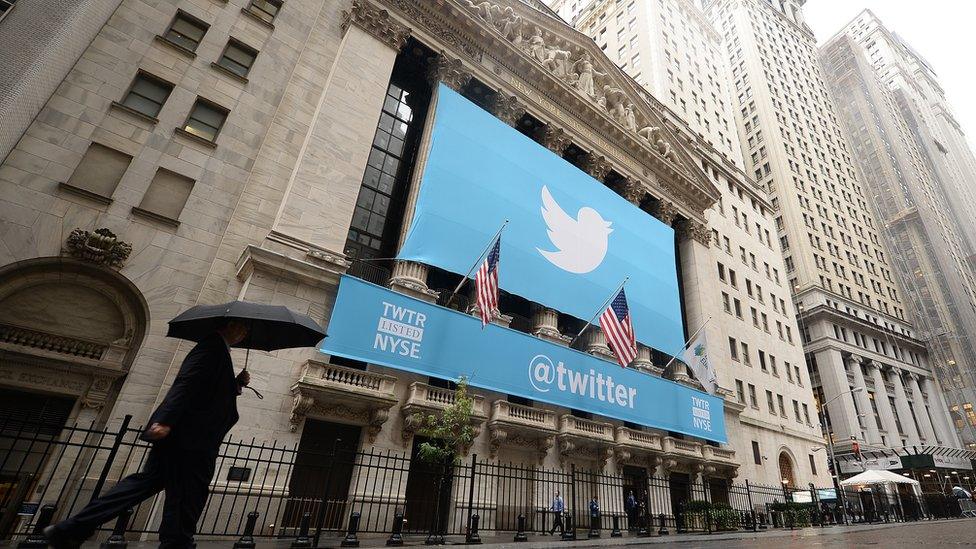
Twitter's terrible growth has investors concerned
To quote the film Jerry Maguire, "show me the money". Or at least the new users.
That's what Wall Street wants to see.
Twitter shares tanked - falling as much as 10% in after hours trading. Not because its financial performance was terrible but because the company that invented the 140-character tweet failed to add enough new users.
In the last three months, Twitter gained four million new users. Although that is up 11% from a year earlier, the 320 million monthly active users were still short of the 324 million forecast by many analysts here.
It's not a great start for Jack Dorsey, who was confirmed as chief executive earlier this month.
For investors, the number of users and how fast that figure is growing is a measure not just of Twitter's health today, but of its prospects for the future.
Last quarter, when he returned to the helm, Mr Dorsey sent Twitter shares lower after saying that he was not satisfied with user growth and that the product was too complicated to use.
Since then Mr Dorsey, who also runs payments company Square, has set about trying to fix this problem.
Earlier this month he slashed 8% of Twitter's workforce. Almost at the same time, Twitter rolled out Moments, a service that collects tweets and links about noteworthy news events.
And more recently, Twitter released a polling tool that allows users to tweet a poll with two choices.
Mr Dorsey's attempts to revitalise the company he co-founded may only just have begun, but he will have to do a lot more to persuade investors that user growth is just around the corner.

The view from Silicon Valley
Dave Lee, BBC North America technology reporter, San Francisco
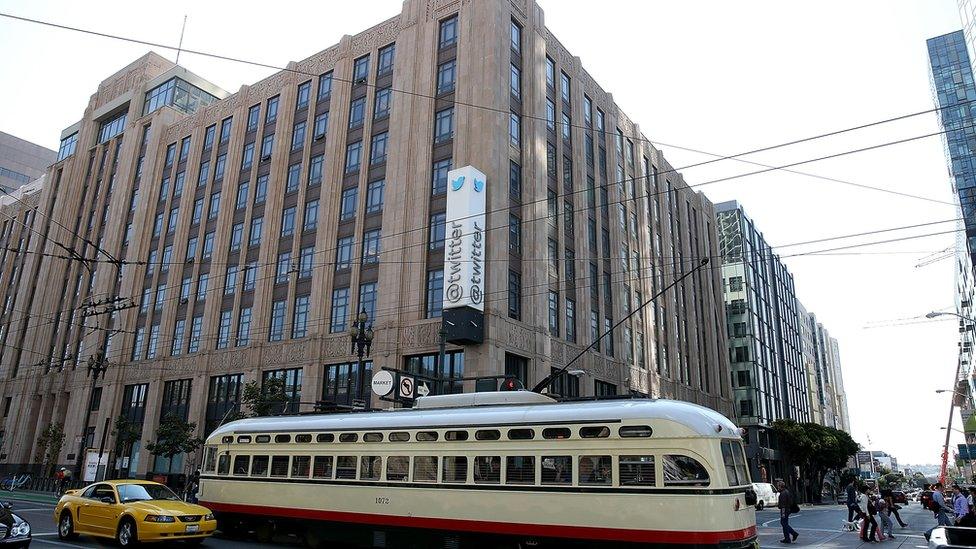
Dorsey has made more than 300 staff redundant this month
During his conference call with investors, Jack Dorsey cited a punishing statistic about Twitter.
In its target markets - the Western world, basically - Twitter has around 90% brand recognition among the general population. Which figures, it's a household name and a brand that is uttered constantly in the media.
But despite that awareness, it often has less than 30% penetration in those same areas. As in, even though lots of people know about Twitter, few of them are bothering to sign up and get involved.
Why? Mr Dorsey thinks it's too complicated for people to understand. To combat this he's instructed his team to work on tools that make things easier. The flagship feature for this way of thinking is Moments, which gathers tweets based not on who you follow, but what events you are interested in.
"Our products need to change in a fundamental way to attract that next cohort [of users]," Mr Dorsey told investors.
But that will be extremely difficult. Mr Dorsey essentially has to conceive and build the next Twitter, while at the same time not dismantling current Twitter.
The task is even more enormous when you consider very few of the key traits that made Twitter popular were even invented by the company in the first place.
Hashtags? Invented by a user. Retweets? A user. Even the convention of using "@" to mention another Twitter came from a user, albeit sort-of accidentally.
When Mr Dorsey talks about Twitter's mission under his leadership it's one of simplicity and speed. Simple tools, released quickly.
In the pipeline, efforts to enhance Twitter as a place to interact with (and complain at) brands. And if you are a brand, tools that will allow you to monitor how your efforts on Twitter, be it ads or just presence, are performing.
- Published28 October 2015
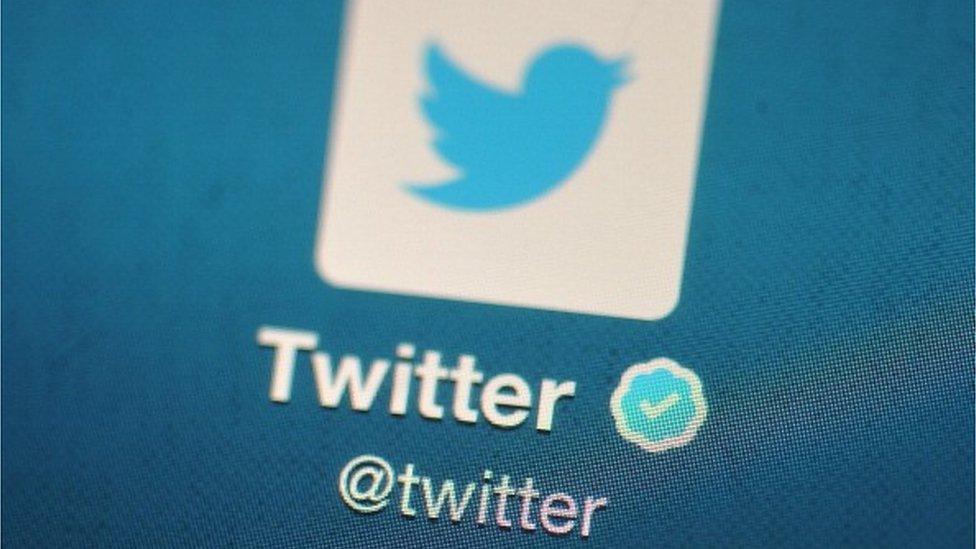
- Published27 October 2015
